Russian, Ukrainian, and Western observers suggested that Moscow may have debuted its new “Italmas” kamikaze drone in Ukraine this week. While it is possible, there is little solid evidence. Rather, the available information indicates the drone in question was likely a rudimentary unmanned aerial vehicle (UAV) akin to models Russia has previously used to distract or reconnoiter Ukrainian air defenses.
On October 22 and 23, the Ukrainian Air Force Command reported attacks by several UAVs of an “unknown type” along with Iranian Shahed-136/131 one-way attack drones and Kh-59 air-launched cruise missiles. After the first attack, Colonel Yuriy Ihnat, spokesman for Ukraine’s Air Force, said the unidentified UAVs used engines bought on AliExpress and carried several kilograms of explosives. He noted that this was not the first time Russia has used UAVs built “from sticks,” meaning cheap, rudimentary materials.
That same day, videos surfaced on Telegram in which one can hear a drone that sounds different than the Shahed, followed by a loud explosion. The Ukrainians often refer to Shaheds as “mopeds” due to the sound their engines make. By contrast, Ukrainian media quickly dubbed the new UAVs “lawnmowers.”
In addition to the videos, a Ukrainian Telegram channel shared photos of an engine that apparently came from one of the unidentified drones. As the channel pointed out, the engine looks like a DLE-60, a gas-powered motor intended for model aircraft, available online for around $500.
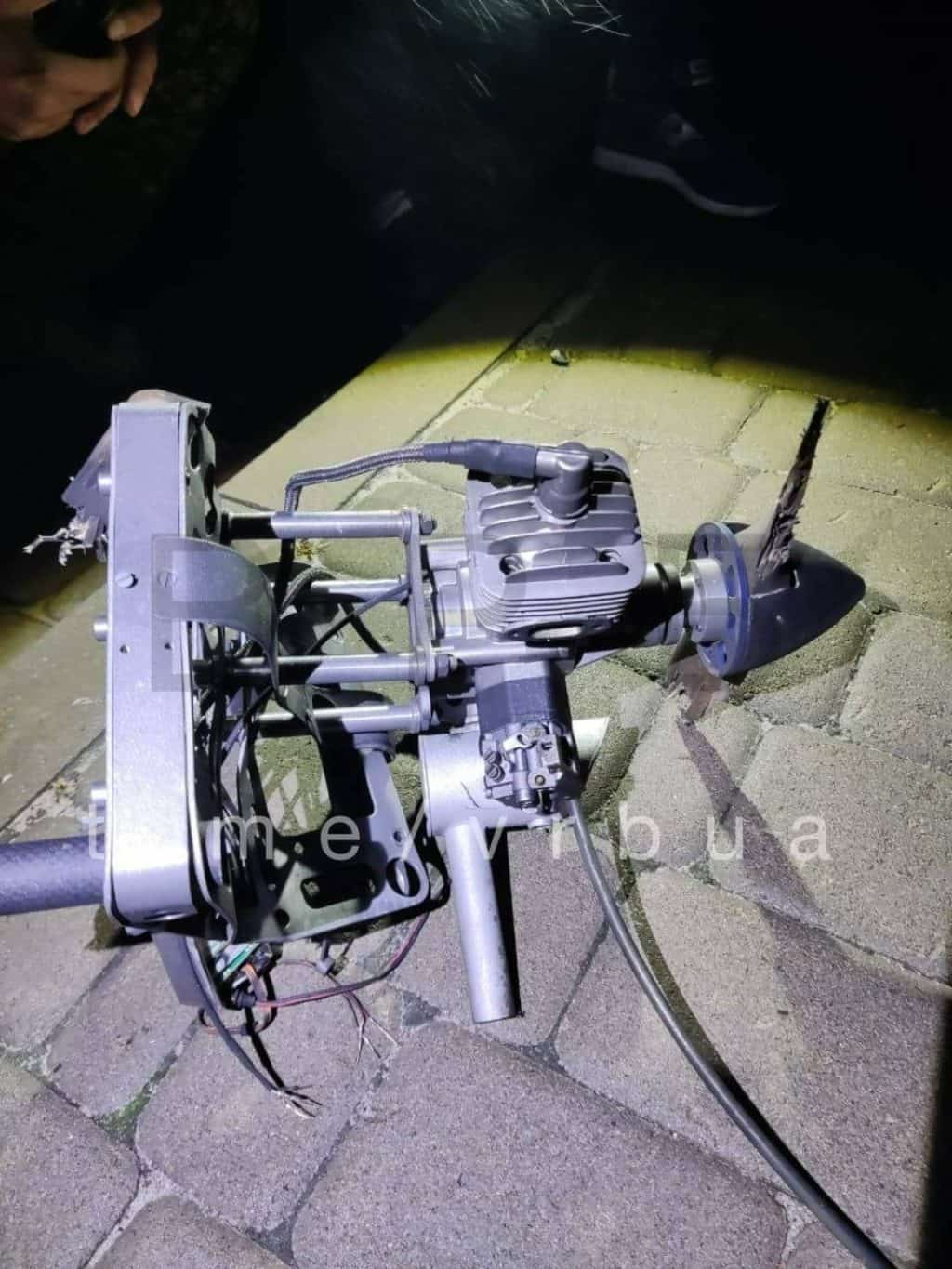
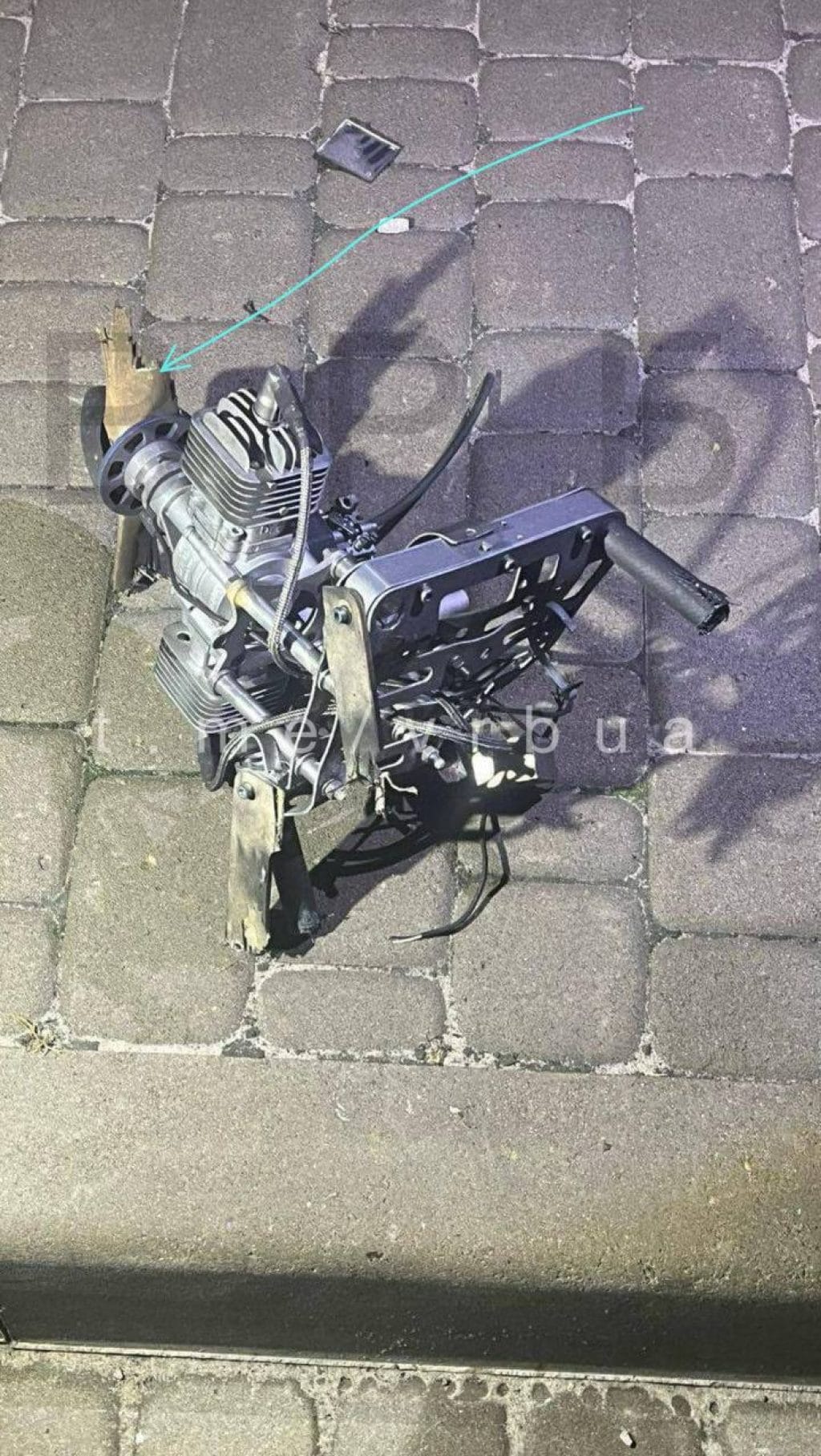

One theory put forward by Russian bloggers suggested the mystery drone might be a modified version of the Shahed. In recent months, Russia, with Iran’s help, has started assembling Shahed-136s itself in an effort to expand its supply. The Russians have begun phasing out some Iranian-provided components in favor of Russian ones. Notably, Moscow and Tehran are reportedly cooperating to develop a new engine to replace the Shahed-136’s MD-550 motor, increasing the drone’s range and speed.
Based on the photos, the Shahed theory makes little sense. The DLE-60 is considerably less powerful than the MD-550. And since the DLE-60 already exists, Russia and Iran obviously would not need to develop it. Moreover, Russia’s Shahed production schedule reportedly does not envision replacing the MD-550 until February 2024 at the earliest.
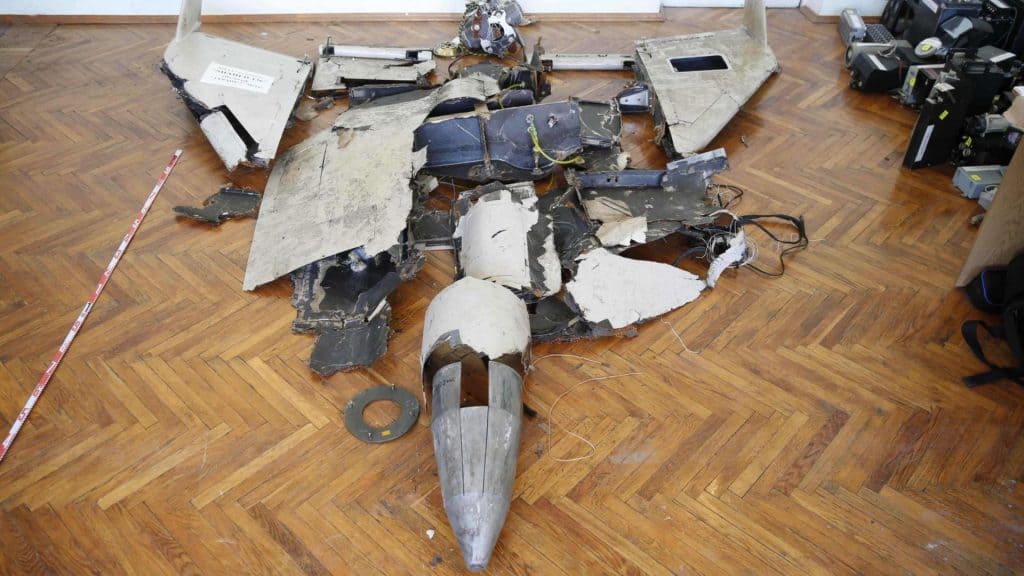
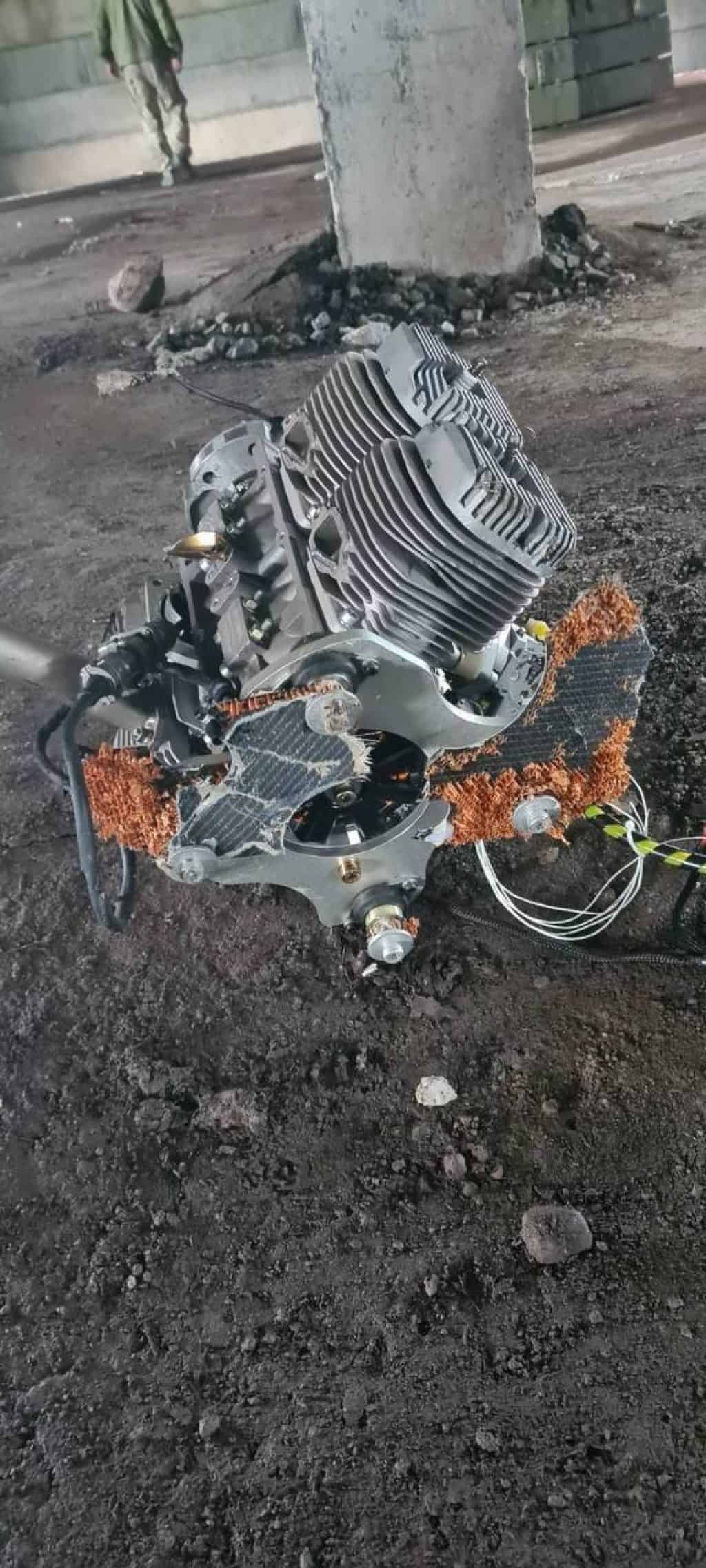
Rather than the Shahed, some Russian bloggers asserted that the unidentified drone was the Italmas, a propeller-driven one-way attack UAV. The Russian company Aeroscan first unveiled the Italmas, or “Izdeliye 54,” at Moscow’s Army-2023 defense expo back in August.
Aeroscan is a holding company that majority-owns the ZALA Aero Group, which makes Russia’s “Lancet” loitering munitions. The Lancet series includes the Izdeliye 51 and Izdeliye 52 versions, which Russian forces have used extensively in Ukraine. ZALA also recently unveiled the Izdeliye 53, which allegedly possesses a “swarm” capability but has yet to enter service.
The Italmas is advertised as packing a stronger punch than the Lancet, whose 3-5 kilogram warhead often fails to damage its targets irrevocably. The new drone also has a much longer range, claimed at over 200 kilometers, and allegedly incorporates artificial intelligence. According to Aeroscan, the Italmas commenced testing last winter.
Some Russian observers have suggested the Italmas could be equipped with an electro-optical sensor, which would increase production costs but enable the drone to strike dynamic targets. No such sensor is apparent in available imagery, however. If it relies solely on inertial or satellite guidance, the Italmas would essentially be a smaller, shorter-range version of the Shahed, used to strike static targets at preprogrammed coordinates.
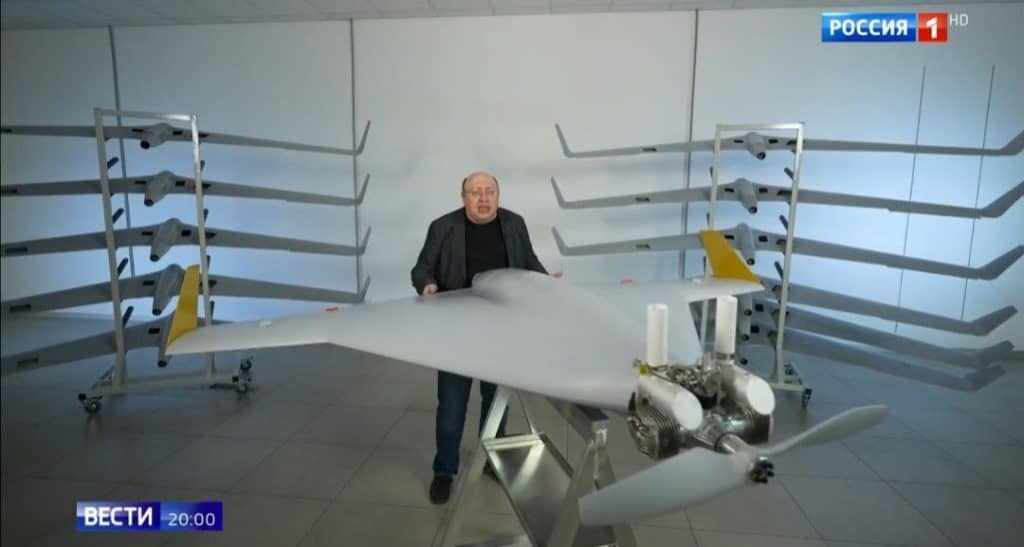
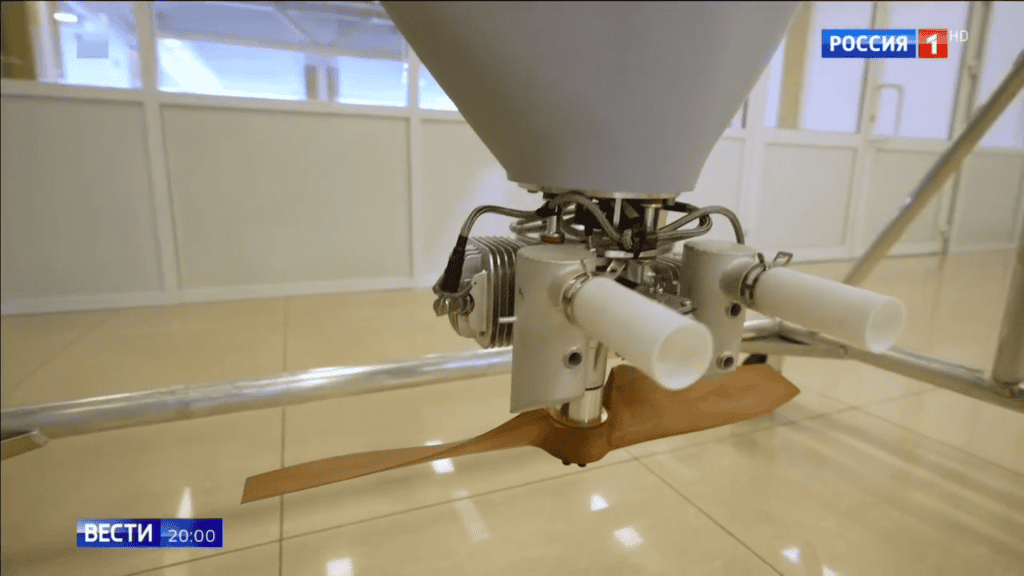
Whereas the Lancet has an electric motor, the Italmas, like the Shahed, is powered by an internal combustion engine, and its wings contain fuel tanks. A September segment on Russian state TV showed the Italmas with a motor that closely resembles — but is not identical to — the DLE-60, the model seen in the October 22 photos.
That fact, coupled with the distinct engine sound heard in the videos, led Russian bloggers and media to speculate that the unidentified drone was the Italmas. Western and Ukrainian analysts and media then amplified this speculation.
However, Russia has used similar motors in other UAVs, namely plywood drones apparently intended to distract Ukrainian air defenses or identify their positions. At least some of these drones bear corner reflectors used to reflect radio waves, making the UAV more visible to air defense radars. Russia has previously used E95M aerial target drones as well as balloons for similar purposes.
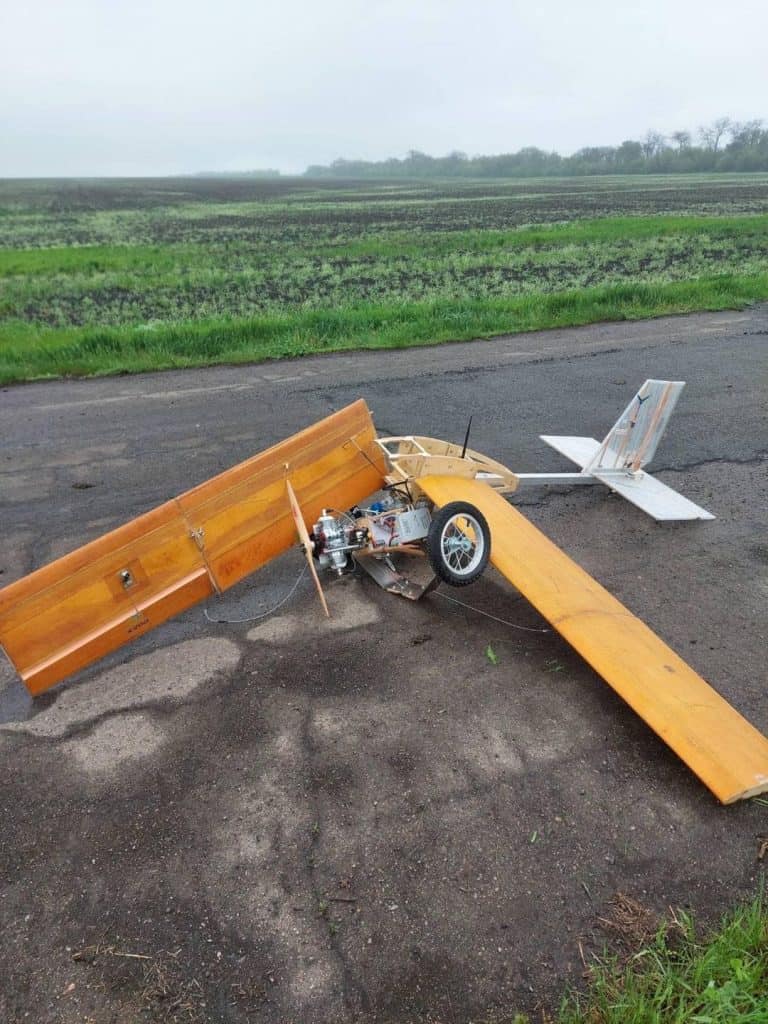
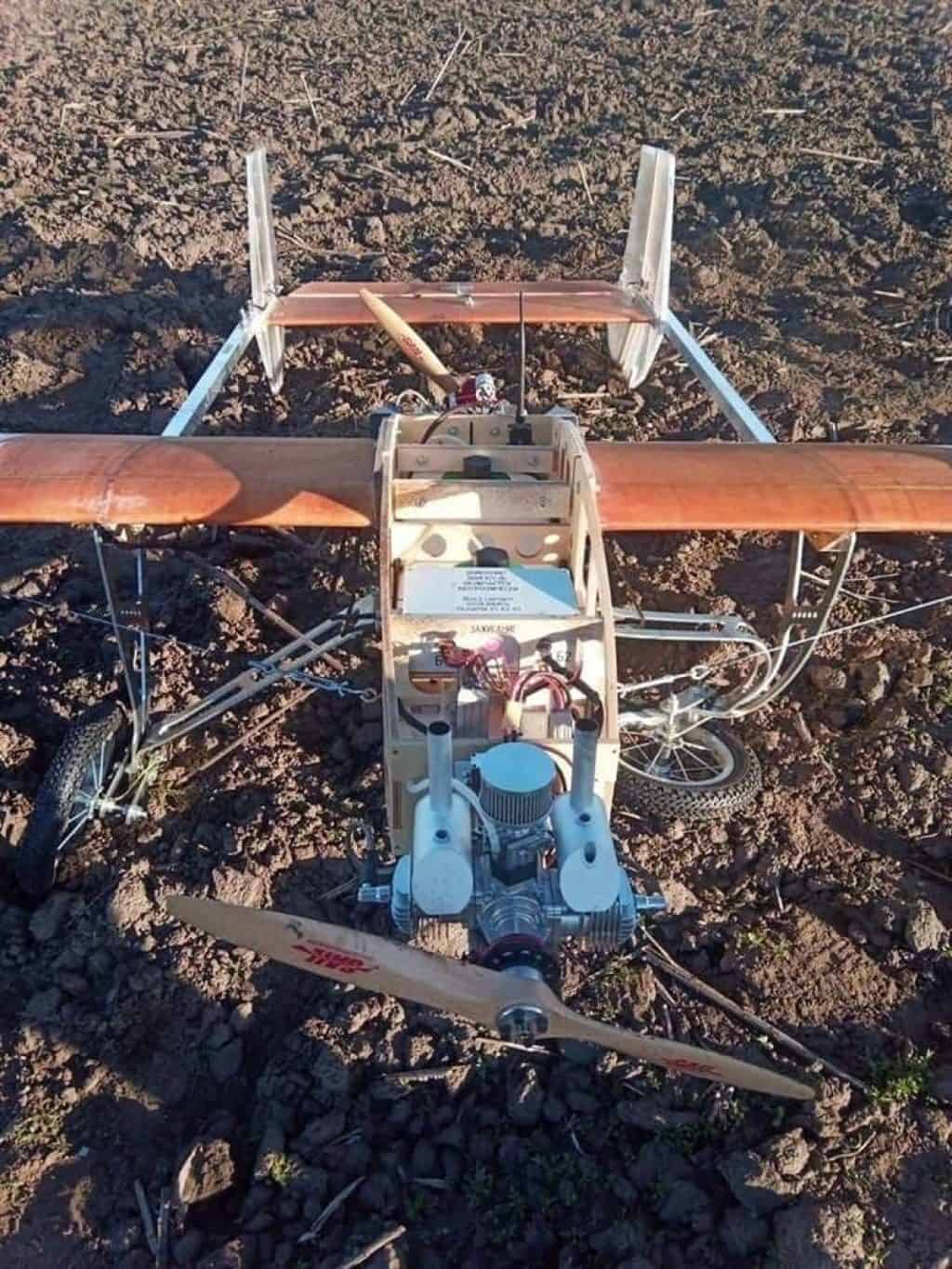
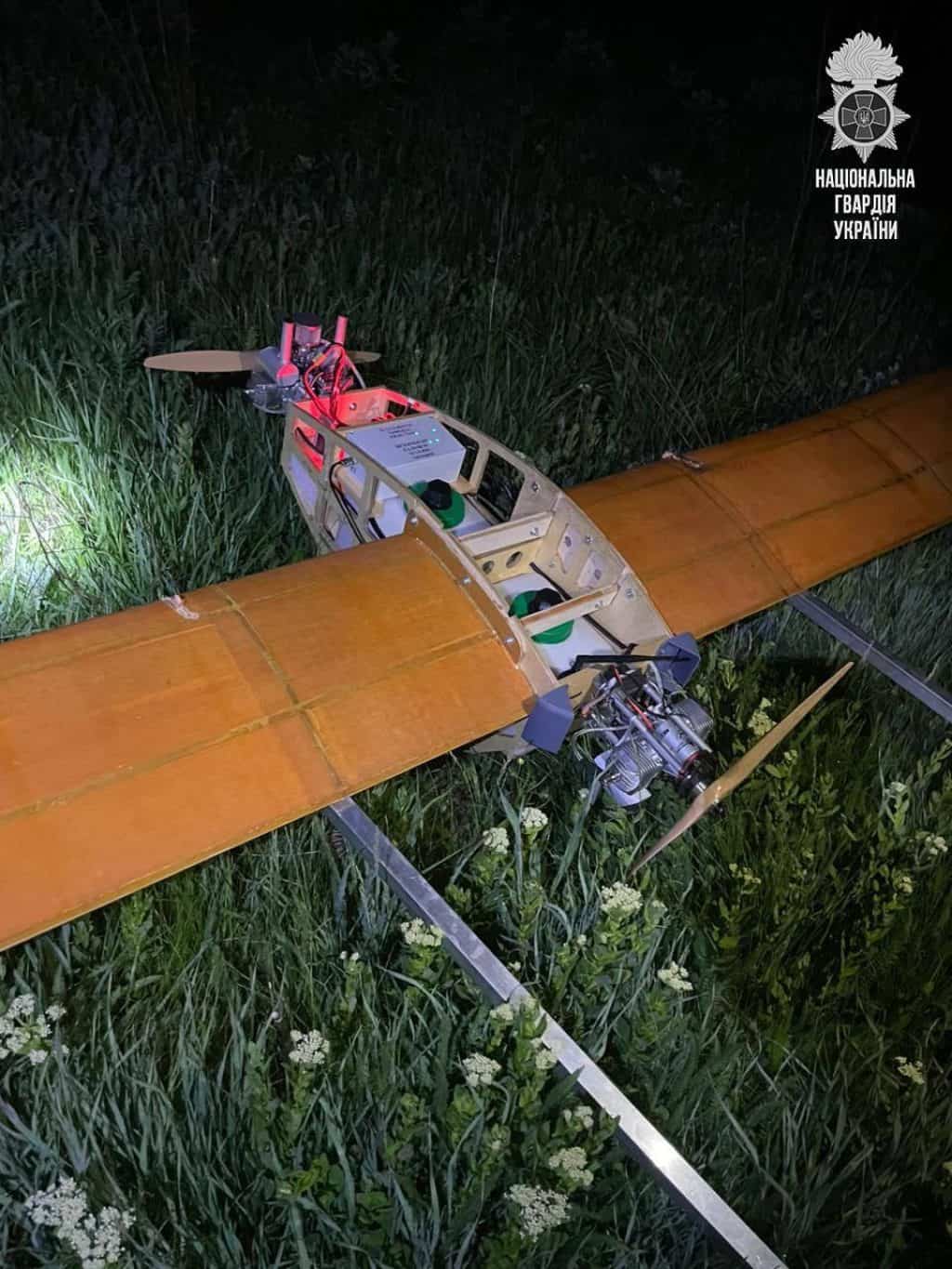
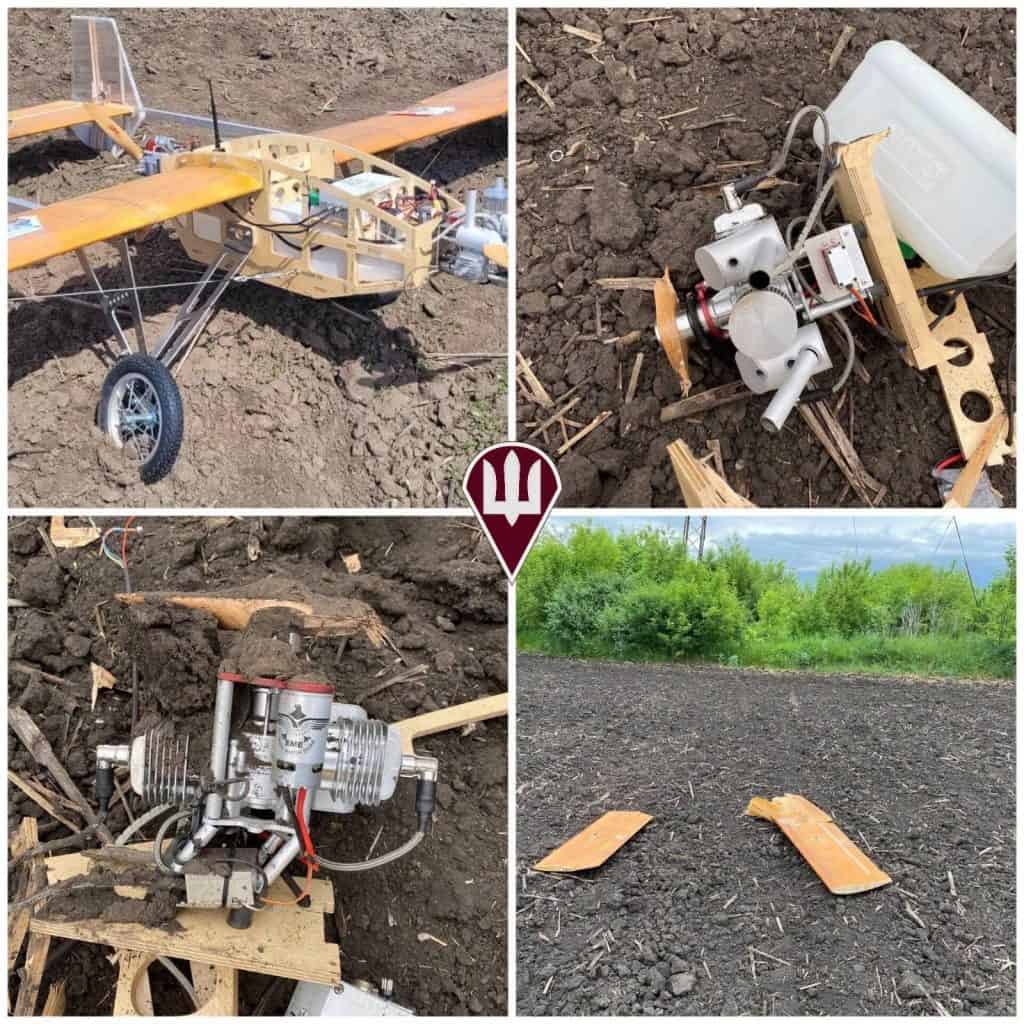
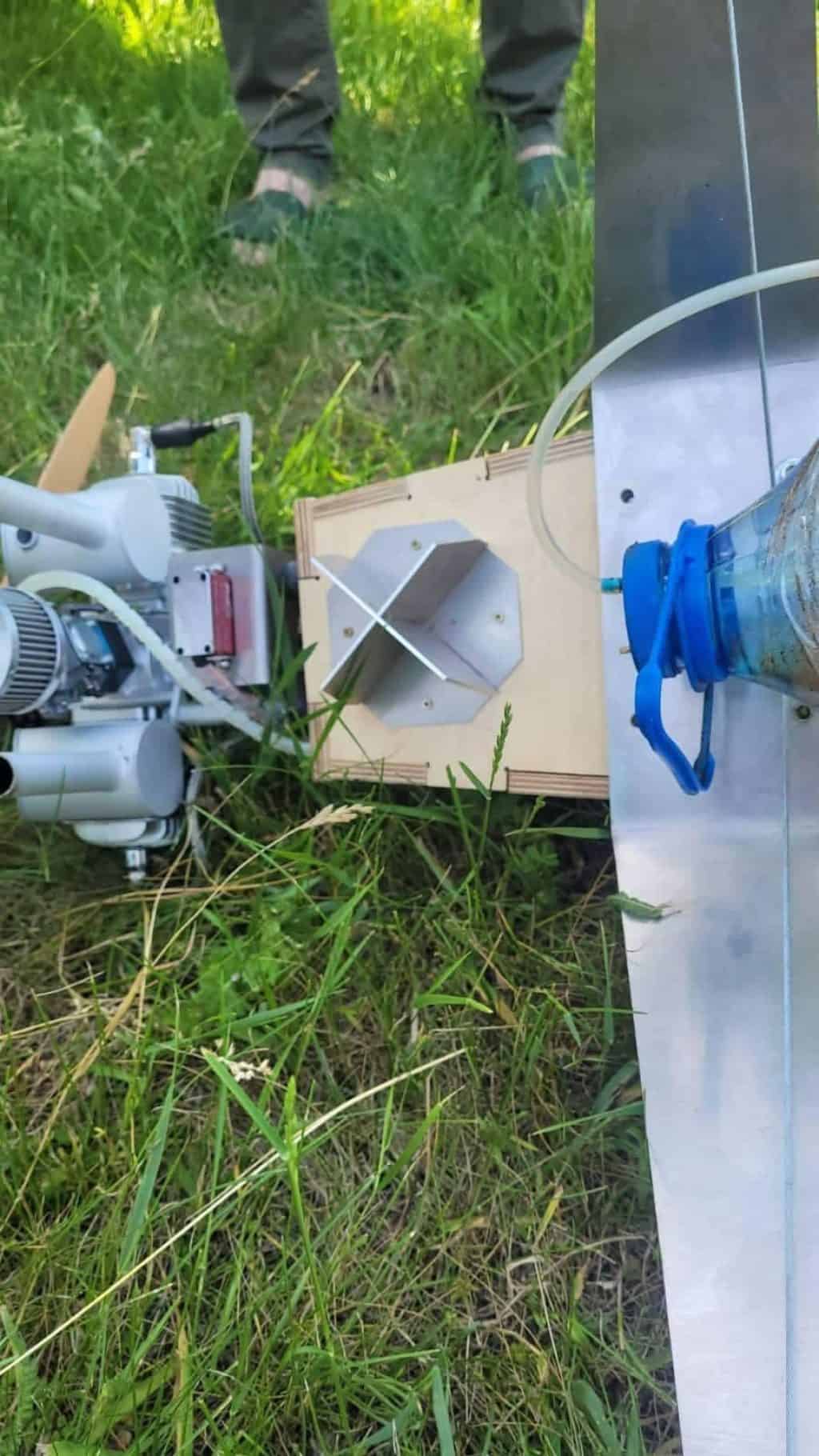
Primitive by design, these plywood UAVs are built from cheap, commercially available materials and carry small payloads. These drones better match Inhat’s characterization of the unidentified UAVs as made “from sticks.”
Moreover, at least one of the previously seen plywood drones carried an “explosive substance,” according to Ukraine’s National Guard. That sounds similar to the small explosive payload on the UAVs described by Ihnat. Conversely, the payload he described seems too small for the Italmas.
As Ihnat noted yesterday, Ukrainian specialists will analyze the mystery UAV’s remains. Until then, firm conclusions will have to wait. But it seems likely that the Italmas still has yet to see action in Ukraine.







